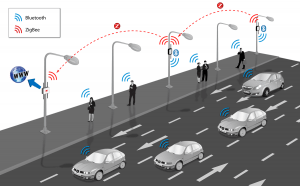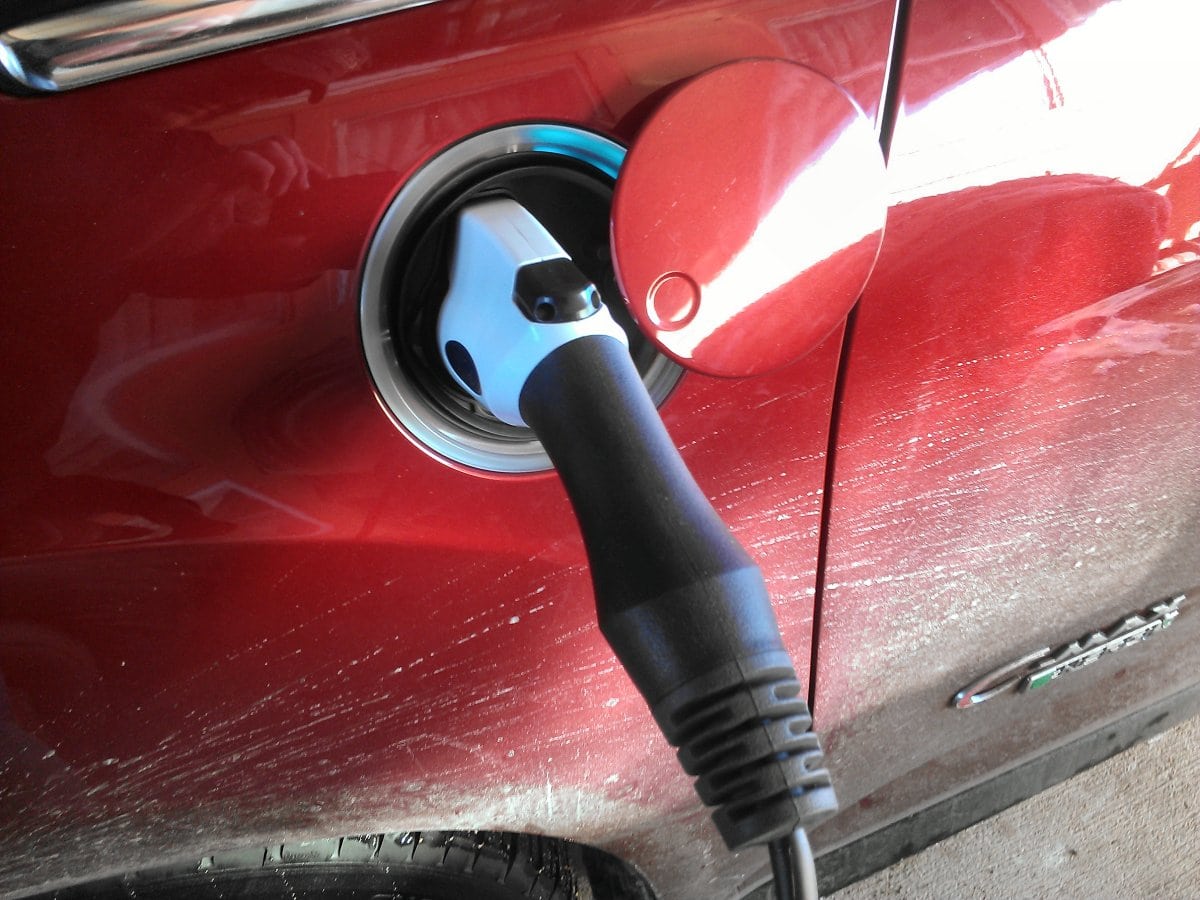The U.S. Department of Transportation (DOT) has released a summary report of available vehicle-to-pedestrian (V2P) technologies currently being investigated. The technical scan reviewed the available literature to find existing technologies and identify pedestrian collision warning applications. The purpose of the scan was to find suitable candidates for the Intelligent Transportation System Joint Program Office’s Connected Vehicle Program (CVP).
The scan found 82 technologies in V2P that fit the criteria of pedestrian collision warning systems. The report breaks down the systems being designed and tested by major component of operation. Surprisingly, only 17 of the 82 found are camera-based. Most are radar, sonar, etc. Some are variations of crowd-sourcing such as WAZE.
 The DOT plans to keep the database updated with the latest additions, before release, being in May of this year. There are no geographical restrictions on the team’s search, so the database includes global efforts. Most of the data was gleaned from peer-reviewed journals, some existing databases, and online report archives. Several of the items found were followed up with direct contact with the principals working on the system in order to clarify.
The DOT plans to keep the database updated with the latest additions, before release, being in May of this year. There are no geographical restrictions on the team’s search, so the database includes global efforts. Most of the data was gleaned from peer-reviewed journals, some existing databases, and online report archives. Several of the items found were followed up with direct contact with the principals working on the system in order to clarify.
The database describes the technologies found in the following ways:
- Detection method (e.g., cameras, eight sensors)
- Crash type addressed with technology
- Users alerted (e.g., pedestrian or bicyclist)
- Alert/notification type (e.g., mobile phone alert)
- Cost
- Roadway characteristics where system may be used
- Environmental characteristics specifically addressed by the technology
- Interventions made by the technology.
It can be accessed here (XLS file). There are 86 tabs of information detailing the techs on the list.







